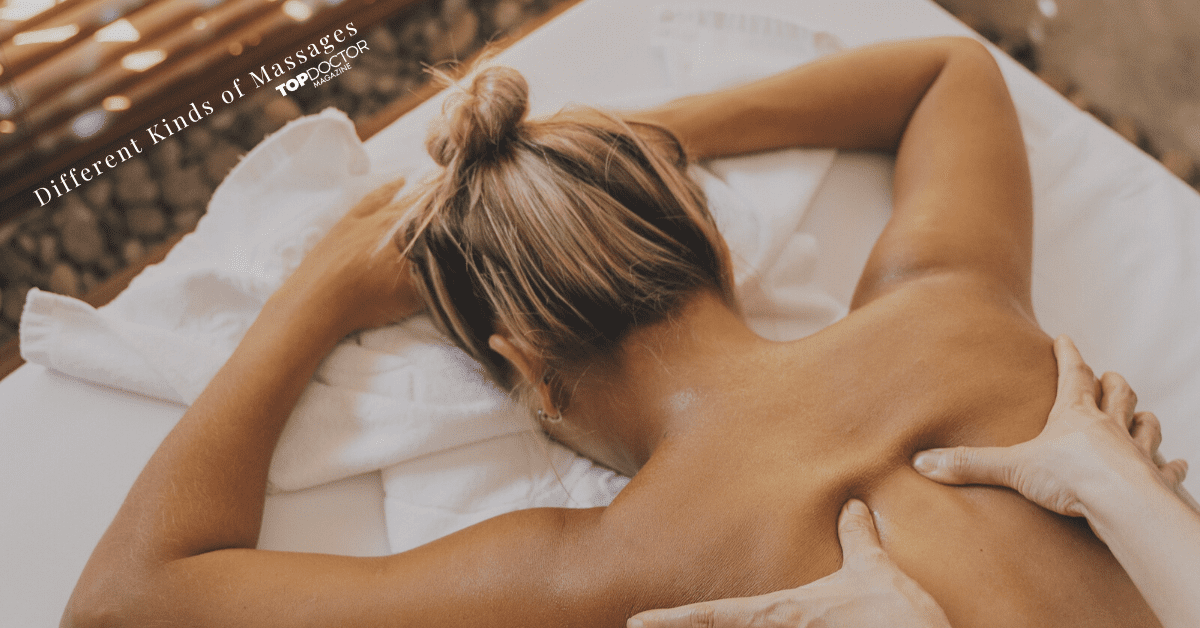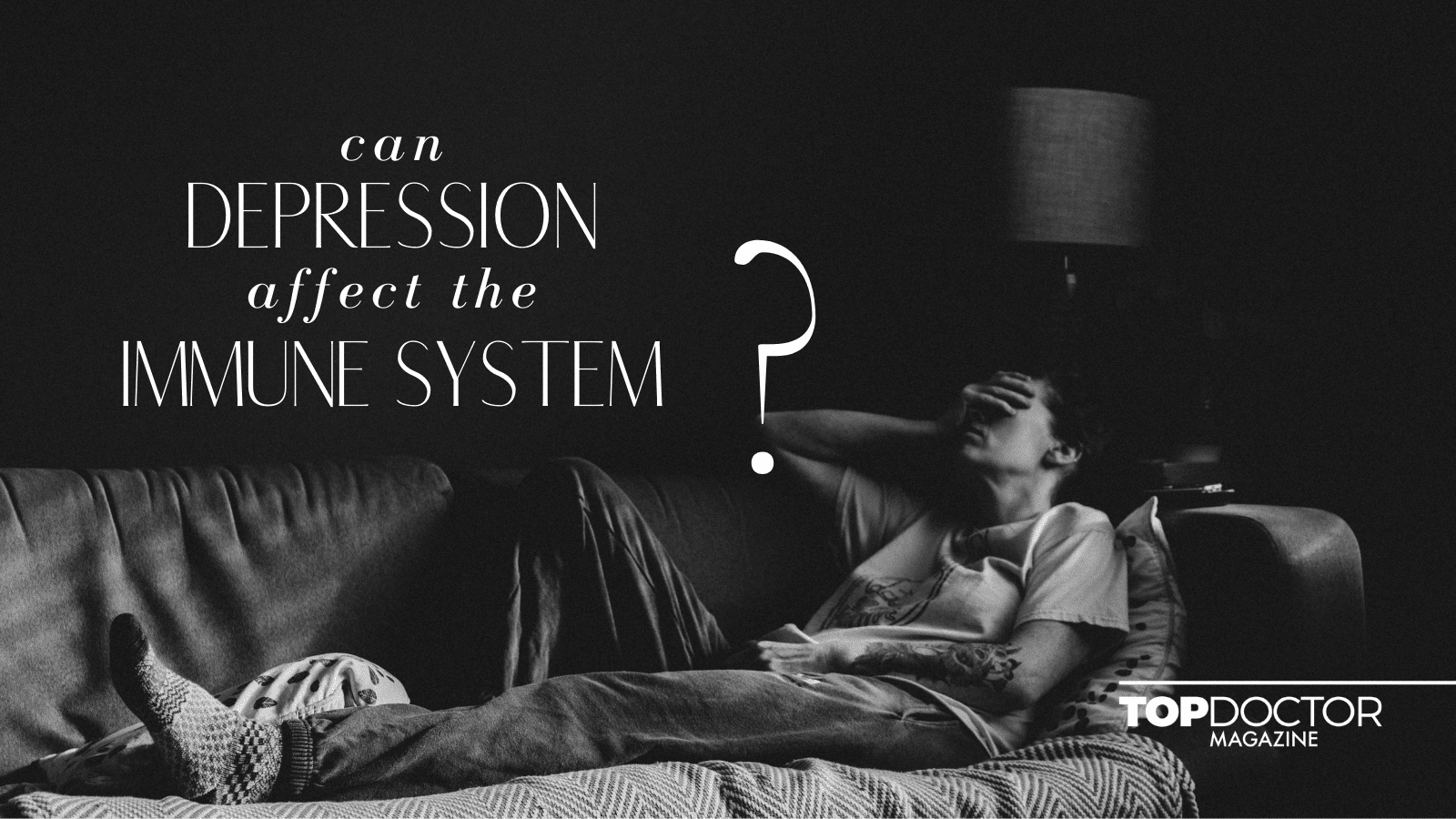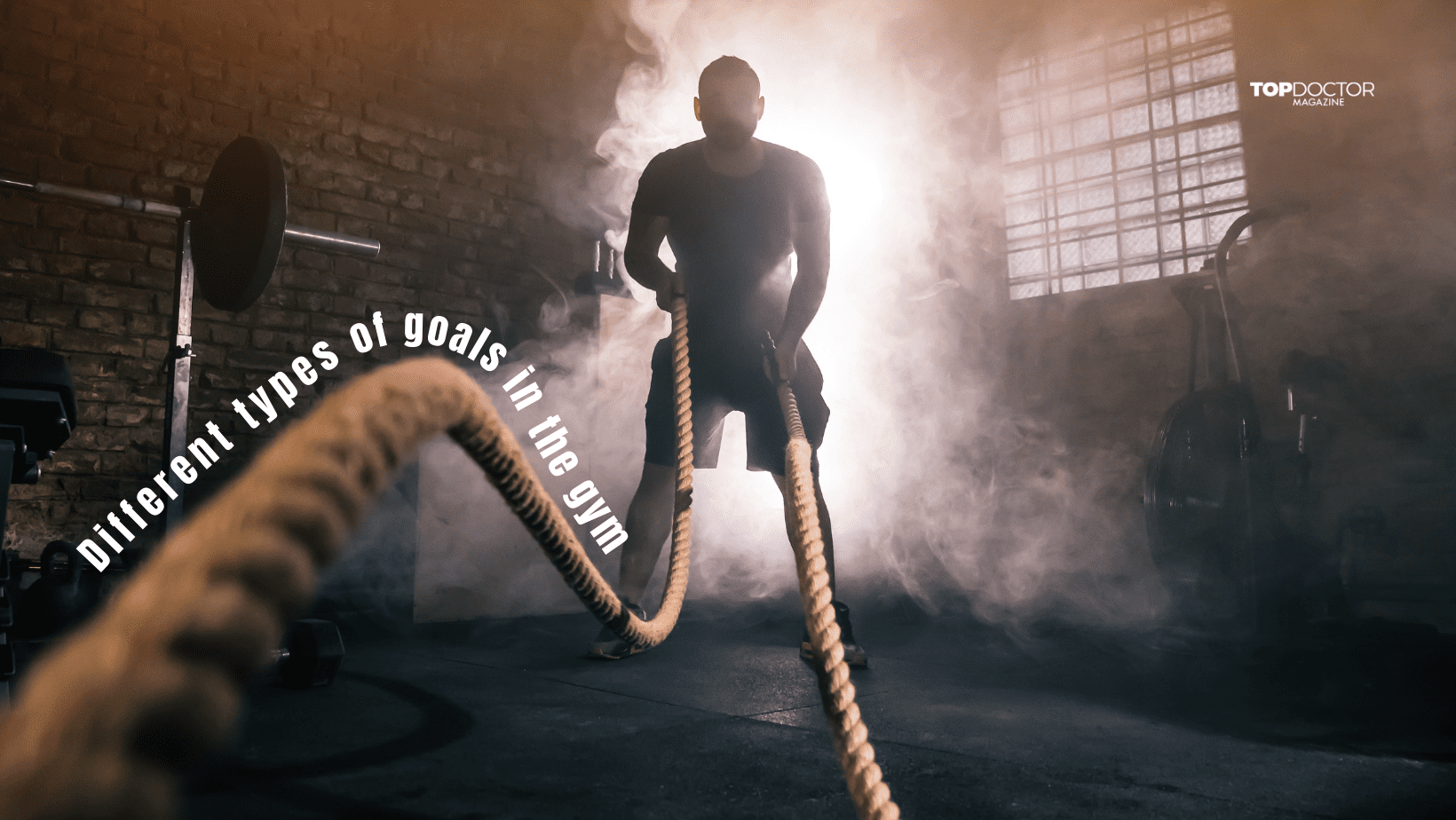When you imagine a relaxing massage, you likely see yourself on a table with someone gently massaging your muscles with their hands. But did you know that many different styles of massages exist? What’s more, various kinds of massages can have multiple benefits and healing properties. Each massage can treat a specific issue and provide unique forms of relaxation!
Are Massages Good for You?
Massages are a great way to rest and relax your body by releasing the stress that naturally accumulates over time. Massages can also help improve your body’s circulation, energy, immune function and relaxation, all while reducing blood pressure, pain, soreness and tension.
Some researchers suggest that massages might also help treat various aches and pains such as headaches, low back pain, nerve pain, forms of joint pain and upper back and neck pain. Massages can even impact chronic conditions like myofascial pain syndrome and mental conditions like anxiety. And then there’s the obvious benefit for athletes with massages showing great promise to treat various sports injuries, soft tissue strains and injuries.
Different Kinds of Massages
With the benefits of massages in mind, here are some of the most popular kinds of massages and their benefits:
Couples’ Massage
The ever so famous couples’ massage! As its name implies, this massage is for you and your partner or a friend/relative. Other than that, this is just a conventional massage.
As for its benefits, a couples’ massage can help bring you and your partner closer together — the result of your partner and you being in a relaxing and stress-free environment that makes it easier to open up emotionally and lower any defenses you might have. Both your body and relationship can get an opportunity to rest, relax and reset.
Cranial Sacral Therapy
This is a more technical form of massage and is often treated as a form of medical therapy or treatment. Cranial sacral therapy works by gently manipulating the bones in the skull, spine and pelvis to improve cerebrospinal fluid circulation through the body.
Because this therapy focuses on your spine and nervous system, it can help treat nervous or spine and pelvic-related conditions such as:
- Migraines;
- Headaches;
- Neck pain;
- Sinus and ear infections;
- Mood disorders;
- Scoliosis;
- Constipation.
Moreover, cranial sacral therapy is more effective than sham treatment for treating pain intensity in non-specific neck pain.
Myofascial Release Therapy
Myofascial release therapy focuses on releasing your muscles’ connective tissue. This massage works by applying pressure through the therapist’s elbows, a foam roller or ball to the muscles, joints and bones. The pressure then works to break down the tight fascia in the muscle, which leaves the muscle relaxed.
This particular massage is most commonly used to treat very tight muscles as it targets the connective tissue causing the tightness. It can also be used to help treat myofascial pain syndrome and headaches.
Abhyanga Oil Massage
This type of massage is similar to a conventional massage but includes the usage of abhyanga oil. It works by massaging the oil into the skin and all over the body.
Unlike some of the previously mentioned massages, the emphasis of this massage is on the skin, not the muscles. Instead of trying to release muscular tension, the working of abhyanga oil onto the skin is designed to nourish it.
Abhyanga oil massages can help:
- Reduce stress;
- Improve skin health and moisture;
- Reduce blood pressure and muscle stiffness.
An added benefit is that this massage can be performed at home with or without a practitioner. All you need is some oil and a helping hand or two!
Deep Tissue Massage
Deep tissue massages unsurprisingly focus on the deep tissue in the body. Specifically, they aim to lengthen and relax the deep tissue while improving the flow of blood and nutrients to the muscles and the elimination of toxins in the body.
Deep tissue massages work by applying slow strokes and deep finger pressure to focus on the deep layers of your body’s connective tissue and muscles. Deep tissue massages are most effective for people with soreness, injuries, tightness, or chronic muscle pain because they penetrate deep into the body to heal underlying pain and tension.
Sports Massage
Sports massages are designed specifically for treating sports injuries. Unlike other forms of massages designed to provide relaxation to someone with a lot of stress in the body, sports massages support very athletic and physically demanding lifestyles. These massages usually begin with an assessment so your therapist can determine what kind of treatment you need.
The massage will vary greatly depending on your injury or goal. Sports massages can include movements like:
- Stroking;
- Kneading;
- Compression;
- Friction;
- Stretching;
- The usage of trigger points.
In addition to relieving athletic injuries, sports massages help improve athletic performance, sleep, flexibility and well-being.
Trigger Point Massage
A trigger point massage, as indicated by its name, works by treating trigger points, i.e., areas of tightness within the muscle tissues that cause pain in the body. It works by applying alternating pressure on the trigger point to alleviate pain and tightness.
This form of massage is particularly good for people with chronic pain. Some research has shown that it can reduce the frequency, intensity, and duration of tension headaches and migraines.
Thai Massage
Thai massages are unique; they typically involve the patient lying on the floor and participating in the treatment. Similar to yoga, Thai massages use a series of gentle movements while the therapist applies pressure on the body. It also includes pulling forces like knuckle cracking, pulling your toes and fingers and walking on the patient’s back.
A Thai massage’s benefits include increased flexibility, circulation and energy levels. So, whether you’re a yoga enthusiast or someone looking to rest, relax and stretch, Thai massage therapy can be a fun and exciting way to strengthen and lengthen while releasing unwanted tension!
Hot Stone Massage
Hot stone massages use heated flat stones placed on the body to relax your muscles. The stones are typically placed on your stomach, chest, face, palms, feet, toes and along your spine. Other than the usage of warmed stones, hot stone massages are not unlike a conventional massage.
Most often, your therapist will massage your body with long strokes, vibration, tapping, kneading and circular movements. After using the hot stones, your therapist might use cold stones to end the session by soothing the skin and calming any swollen blood vessels.
Because they use warmth, hot stone massages provide a number of benefits in addition to those provided by conventional massage. For instance, host stone massages can help treat conditions like rheumatoid arthritis, reduce pain and improve grip strength and range of motion. They may also help relieve the symptoms of certain cancer and autoimmune diseases.
Swedish Massage
This incredibly relaxing massage is all about leaving you feeling rested, relaxed and rejuvenated. It uses long strokes and light/firm pressure to provide relaxation to your body. Because of the application of light and firm pressure through long strokes, glides, kneading, tapping and rubbing, Swedish massages are perfect for people looking to reduce tension in their muscles.
Swedish massages have also been found to reduce anxiety. Researchers performed a study where participants suffering from general anxiety without receiving medical treatment had a Swedish massage twice a week. The subjects reported significantly reduced anxiety.
Aromatherapy Massage
Aromatherapy massages add essential oils (e.g., Roman chamomile, lavender, tea tree, lemon, ginger and cedarwood) to the conventional massage to improve mental and physical health.
An aromatherapy massage’s effect on you largely depends on what kind of oil was used in the massage. Roman chamomile, for example, has been shown to help treat anxiety.
A Parting Reminder
There are a lot of different kinds of massages out there, so it’s easy to get lost between all these possibilities and become overwhelmed. Instead, think of massages as tools — each one has something that it is particularly good at, so there isn’t such a thing as a wrong decision.
Every massage has benefits, and they will all help in some ways. It just means that finding that perfect fit might take a few tries. Take encouragement in the fact that there is an ideal massage out there for reducing your particular kind of pain, ache or tightness. You just have to find it!






0 Comments